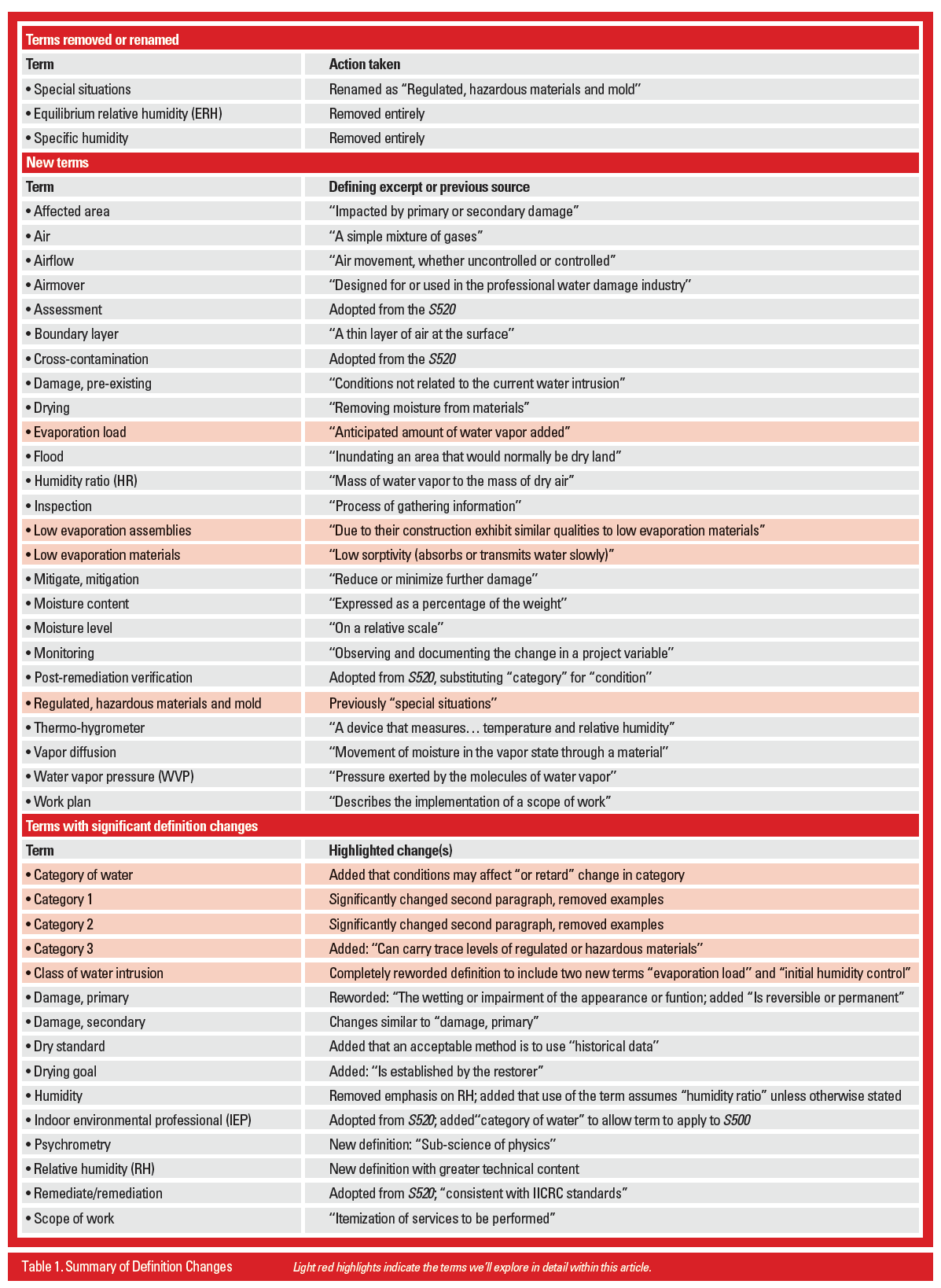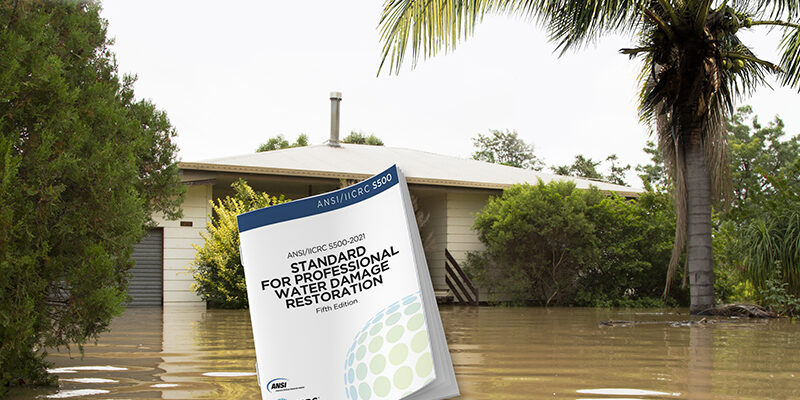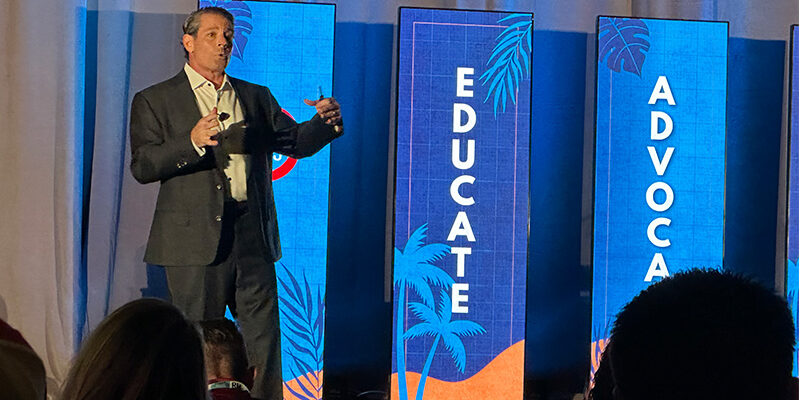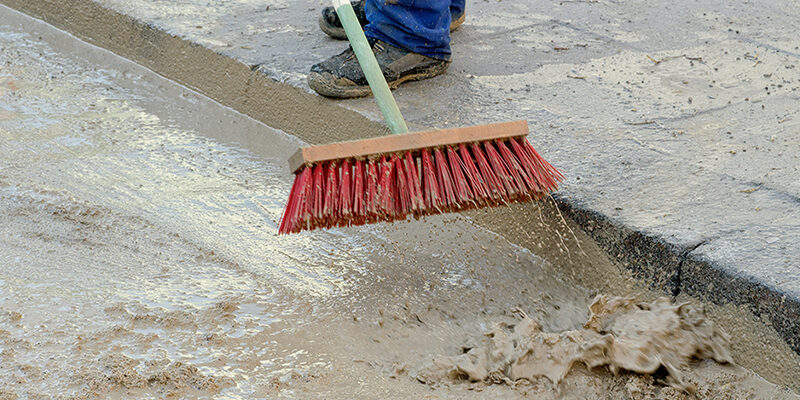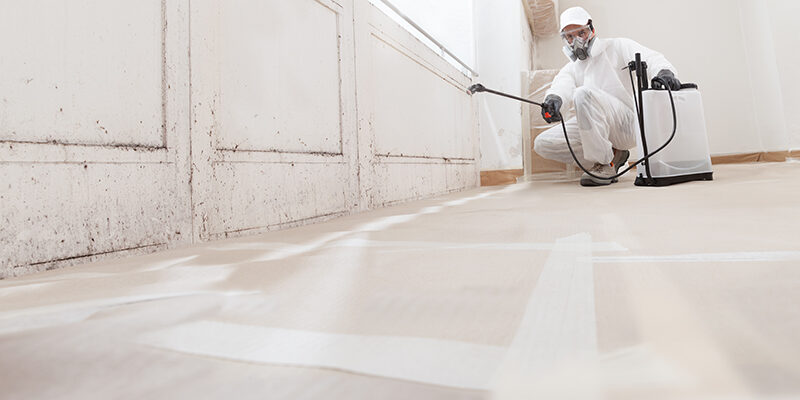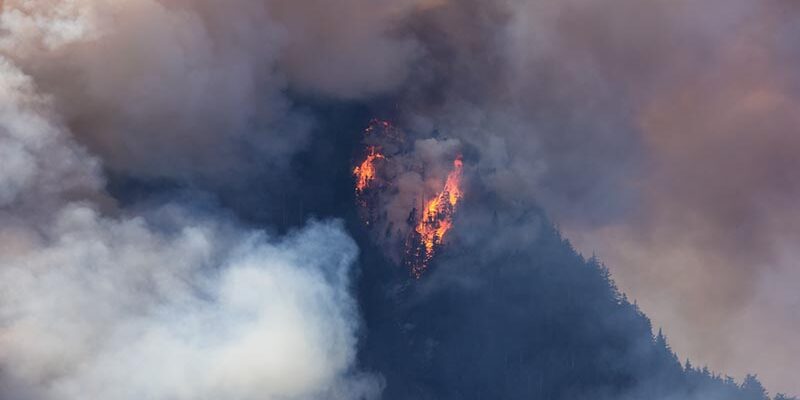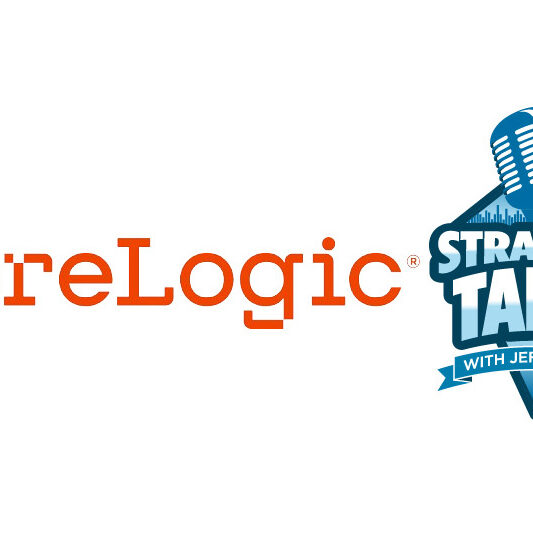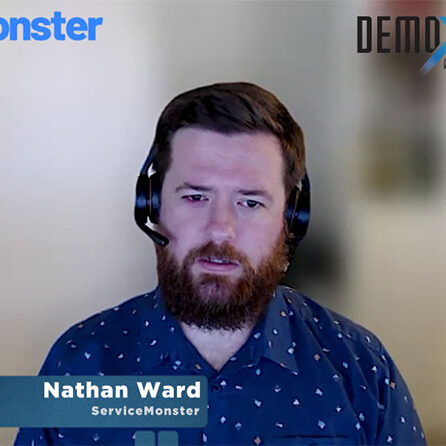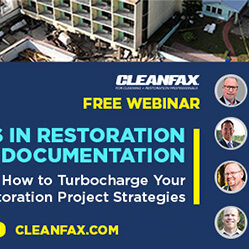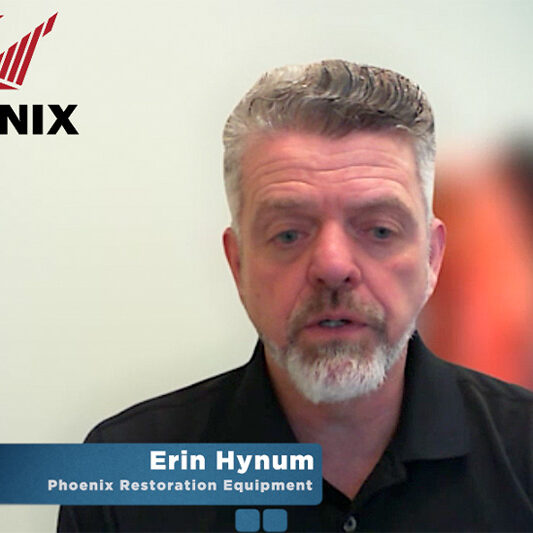Practical Application: S500-2015 Key Terms

In the most recent edition of the ANSI/IICRC S500 Standard and Reference Guide for Professional Water Damage Restoration, 2015 edition (S500-2015), the IICRC S500 Consensus Body made great efforts to research important terms and definitions, seeking to ensure appropriate authoritative sources were the foundation of each term.
As a result, several important definitions have changed, and others are entirely new. These changes have a direct impact on restoration project planning, workflow and other critical elements of the process. This article will address the most impactful of these changes.
S500 definition change overview
There are 61 terms defined in the standard section of the S500-2015. Of those, 25 are new terms that were not included in the “definitions” section of the previous edition, and another 15 were significantly rewritten. That accounts for nearly 70 percent of these important terms that are either new or revised. In this article, we will present a full list (see Table 1 on the next page) of the terms that have significantly changed or have been added and then explore specific changes with the most critical.
Although space permits me to discuss just a handful of the changed terms here, there are many more that are very important to review and understand. The summary we provide here is a great start to learning what has changed, but is not a replacement for reading the full context of each definition.
‘Categories of water’
One of the most important areas of change in definition relates to how the S500-2015 describes water categories and the related sub-terms: Categories 1, 2 and 3 and “regulated, hazardous materials and mold” (previously “special situations”).
First, the core definition of “category” received a short, but significant, addition of this phrase: “Time and temperature can affect or retard the amplification of contaminants, thereby affecting its category.” There are no time references to when a category will or can change, and even the graphical model (black, grey, etc.) of category used in earlier editions of the document was removed.
 In general, the revised definition of category (and all of the references to it throughout the standard) puts an emphasis on how and when microbes are likely to amplify, using this for determining a change in category. It is a further departure from the old 48-hour reference of the second edition S500-1999.
In general, the revised definition of category (and all of the references to it throughout the standard) puts an emphasis on how and when microbes are likely to amplify, using this for determining a change in category. It is a further departure from the old 48-hour reference of the second edition S500-1999.
Further movement in this direction can be found in the individual definitions for the sub-terms (category 1, etc.). Here, the terms remain exactly the same in reference to their general definition and source examples. However, the discussion regarding when and how the category changes is very different.
The examples of what constitutes a change in category have been removed and replaced with a more functional statement: “Once microorganisms become wet from the water intrusion, depending upon the length of time that they remain wet and the temperature, they can begin to grow in numbers and can change the category of the water.”
Probably one of the most significant changes in the category definitions, however, can be found in category 3. Here, you will find the words “ground surface water” omitted and the added phrase: “Category 3 water can carry trace levels of regulated or hazardous materials.” This is an important distinction from the previous edition. In short, this can be interpreted to allow ground water that migrates from sources other than rising rivers, streams, seawater, etc. (a.k.a. “flooding”), to be considered category 2.
For example, in all previous editions, rain water pooling locally in a yard adjacent to a home before entering a daylight basement could easily be considered category 3, citing the phrase “ground surface water” in the definition. In the S500-2015, however, the omission of “ground surface water” as an example allows potential for the determination to be a category 2.
Lastly, the final sub-term, “special situations,” has received a new name: “Regulated, hazardous materials and mold.” The general intent remains the same as the old “special situations” with an exception. A clear statement that “restorers shall comply with applicable… laws” has
been added.
‘Evaporation load’
Though not as critical as the category definition changes, the addition of this term is actually quite significant. The term is used 29 times overall in the S500– 2015, mostly in the context of “class of water” (more on classes in a moment). It is used to refer to the “anticipated amount of water vapor added to the drying environment by means of evaporation from wet materials.” The term “anticipated” is key in this statement — it’s not the amount of water vapor when the restorer arrives. It’s the amount or rate that will be added once drying begins.
The entire basis of “class of water,” and thus initial dehumidifier sizing, hinges on the understanding of this term — so it’s pretty important. In short, it’s a best guess as to how much water will be evaporating at the onset of drying, and thus how much humidity control is needed to prevent damage.
Restorers are asked to estimate this “evaporation load” as a key element in determining the “class of water intrusion.” It requires looking at the amount of moisture present in the affected area, how readily that moisture will evaporate and the overall percentage of wet, porous surfaces affected. Though not an entirely new concept, it is definitely an attempt to make initial project setup more objective.
‘Class of water intrusion’
The description of “class of water” and the related sub-terms (class 1, class 2, etc.) has undergone significant change. A strong emphasis has been retained, however, on the fact that classes refer only to the “initial” conditions in a project. This is critically important because no dehumidification or humidity control estimate or formula can account for the myriad of variables at the start of any given project. However, once drying equipment is installed, careful monitoring of the environment can easily indicate changes are needed.
A significant modification to the definition of classes relates to the focus on two main criteria: (1) wet surface area and (2) permeance and porosity of wet materials. The previous (2006) edition made general reference to porosity and the size of an area. The S500-2015 takes a much more specific stance. Classes of water contain a quantification in the form of the percentage of wet surface area, along with a description of the amount of water in either porous materials or “low evaporation materials and assemblies.”
Although not complex, this new method for determining class of water is significantly different from the previous editions of the S500 and will require retraining for any individual responsible for considering or assigning class of water to a project. No migration pattern is a perfectly straight line, so some estimating and approximation will always be required. Knowing how to do this quickly and accurately will become an important and regularly used skill for any estimator.
Summary and conclusions
A good number of the terms that saw significant change are not covered in depth here. Only a full read will allow industry professionals to understand the S500-2015.
As noted in this article, however, critical changes to categories of water and classes of water will directly impact project scopes. Since these terms relate directly to how a project is initiated and trickle down to so many of the steps and procedures that follow, it is critical that they are understood.
In general, the S500-2015 provides greater depth and clarity to the tools and concepts that have historically been vaguer. This is particularly true for classes of water. Although it comes with more terminology (e.g., “low evaporation assemblies,” “evaporation load,” etc.), the newest edition is a step in the right direction.
We’ll continue to explore changes to the S500-2015 in this series of articles. And, in each, we will leave you with the suggestion that it’s probably time to pick up your copy of the S500 Standard and Reference Guide!
Brandon Burton is the technical director for Legend Brands and an instructor with the Restoration Sciences Academy (RSA). He teaches IICRC-approved classes in the categories of Applied Structural Drying (ASD) and Water Damage Restoration (WRT). Burton has served the restoration community for more than 20 years, including 15 as an IICRC-approved instructor, ANSI/IICRC S500 chapter chair, RIA restoration council member and in many other industry roles. You can contact him at BrandonB@RSA-HQ.com.

